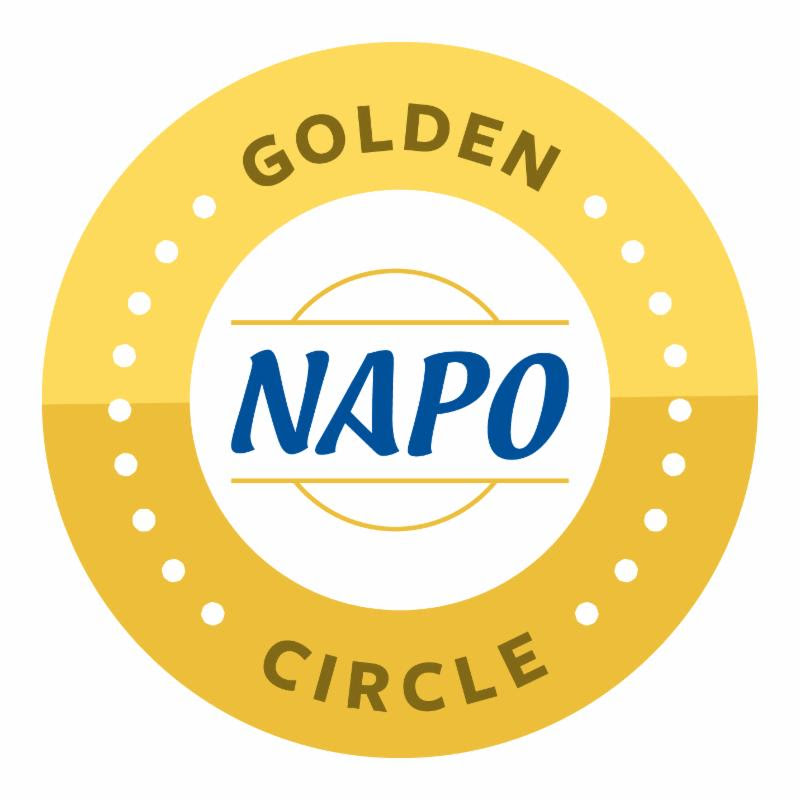The Clutter Fairy Weekly #69
The Way We’ve Always Done It: Assumptions, Expectations, and Clutter
We all have “must-haves”—things we think we can’t do without in our homes, but that can stand in the way of successful decluttering. In episode #69 of The Clutter Fairy Weekly, Gayle Goddard, professional organizer and owner of The Clutter Fairy in Houston, Texas, examines the assumptions and expectations we inherit from our family or culture—or entrench in our own habits—and offers fresh perspectives on our must-have stuff.
Watch on YouTube
Listen to the Podcast
Click the Share button to share the podcast, download an MP3 file, or subscribe through your favorite podcast platform.
The Weekly Tittle is an exercise designed to focus your attention on a specific space, aspect, or challenge of decluttering and organizing your home. We assign a new tittle in each webcast/podcast, then check on your progress the following week.
Take a Fresh Look
This week’s assignment is to look from a fresh perspective at your “must-have” stuff and behaviors. Examine the things and practices that have become entrenched in your home and your routine, and ask yourself these questions:
- Does this item still make me happy or serve a purpose, or am I keeping it just because I’m used to having it around?
- What habits, routines, or physical stuff did I inherit from my parents or grandparents? Do they still make sense in my home?
- Are there spaces that are going unused because they don’t fit my lifestyle? What else could I make room for instead?
- Is there a change you could apply to “the way we’ve always done it” that would make a space, item, or habit work better for you and your family?
For the full discussion of this week’s tittle, watch the Weekly Tittle segment on YouTube.
Chat Transcript
Download a transcript of the chat that took place during the live event.
Note: For best results, we suggest you right-click (Windows) or control-click (Mac OS) the link above to download the chat transcript text file, then read it in your text-reader or word-processing app of choice. If you click the link directly, you may get quirky results viewing the text file in your browser.








